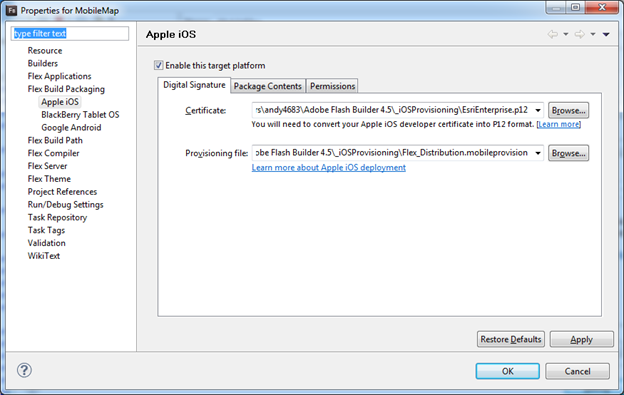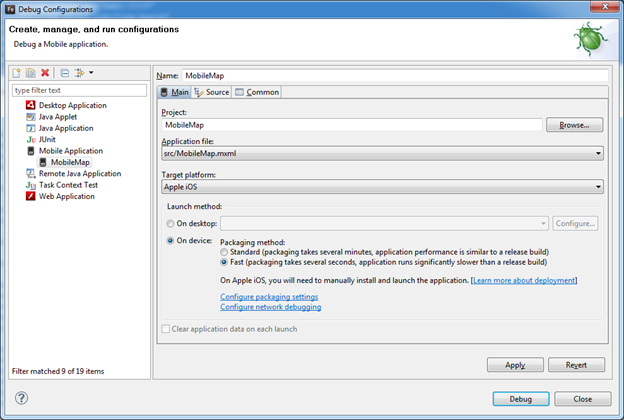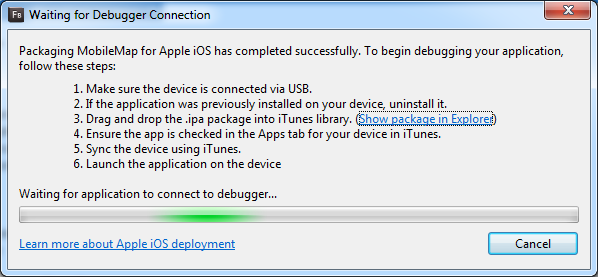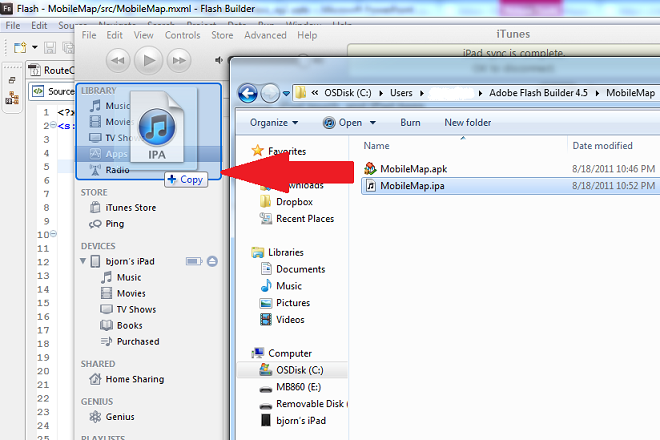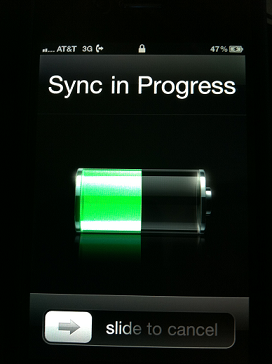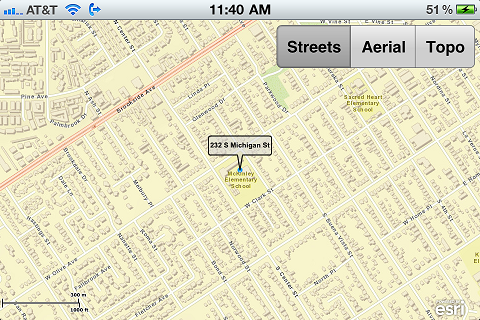My mother-in-law cracked me up when she asked “What’s the matter with Apple, how come they only make things in one or two sizes?” She’s as non-techie as they come and I think she nailed an important point. I’ve joked about this with friends and colleagues and even mocked about it in presentations. Yet, ever since the Apple September 10th announcement I’ve been wondering: can Apple innovate enough to stay a true technological leader, or are they starting to enter an era of simply copying others and wrapping ‘improvements’ under a luxury brand umbrella? I’m leaning towards to latter. After seeing Tim Cook’s presentation on September 10th, my opinion has started to solidify even more.
Factoid: Everyone will agree, for better or for worse, we are in an era of choice. Look at the variety of Androids. Think about the sheer number of cable and satellite TV channels, the variety of TV shows aimed at a dizzying variety of demographics, music has splintered from the days of major rock bands into hundreds of niche, self published indie groups. Satellite radio. Most major car manufacturers now have dozens of car models and many of them you can significantly customize. And, even grocery stores now have a ridiculous number of choices for a lot of items that use to only have several manufacturers or producers.
So, what about Apple?
Apple has so far resisted playing to the status quo set by IBM, Microsoft and now Android of allowing endless variations of their products to fit a variety of needs and wants. It wasn’t that long ago, for example, that Dell Computer was a leader in selling desktop and laptop computers. That era has passed and I don’t believe Apple wants to follow in these giants footsteps. Perhaps there is some sort of evolutionary cycle that these leading public tech companies follow, like natural boom and bust cycles that we see in economics, neighborhoods, cities and world economies that Apple won’t be able to escape.
This leads me right back to the September 10th announcement. Apple seems to have entered an era of incremental improvements in hardware and software: new colors (big whoop), finger print reader (Moto Atrix had that) and faster hardware. But, the biggest pressure I think they’ll start facing is they are now behind the curve in allowing people to have choices. Real choices…not just new colors for custom cases made of soft silicon rubber. Choices are the way they world is headed right now. Case in point, how long have iPhones had 4-inch screens? How many tens of millions of larger Android screen phones have been sold? Can Apple simply ignore this and stick to their one-size-fits-all guns if the board of directors starts seeing missed opportunities and potentially lower sales?
Android, in comparison to iOS, has more varieties of sizes, manufacturers, shapes and colors than there are grapes for making wine. Buying an Android is like shopping for clothes at any mainstream department store. In addition to a bijillion patterns and colors, you have sizes like XS, SM, M, L, XL, XXL, etc. And then there is relaxed fit, straight fit and athletic fit along with different collar sizes. This is brilliant from a consumer standpoint, and yes it’s a nightmare for application developers and IT shops that support them. But, developers and IT folks only represent a small fraction of an enormous world-wide porous marketplace full of more consumers, cultures and tastes than perhaps existed in history.
Buying a Mac is like walking into a top-notch art gallery. As you glide along into the next majestic room, shuffling your feet in hushed respect you can hear the mac genius say in an elegant foreign accent, “…and here on this masterfully carved solid white marble pedestal, fabulously embellished with an aluminum case and crystal clear retina view screen, and protected from theft by 12 visible and hidden security features is, ladies and gentlemen…the (audience gasps) Apple Macbook Pro.”
But, at some point even art galleries change up their exhibits as people’s tastes and interests change. Even galleries have to innovate to stay ahead of the times. Can Apple change? Can Apple adapt to a new era of endless choices? Can Apple reinvent itself?

